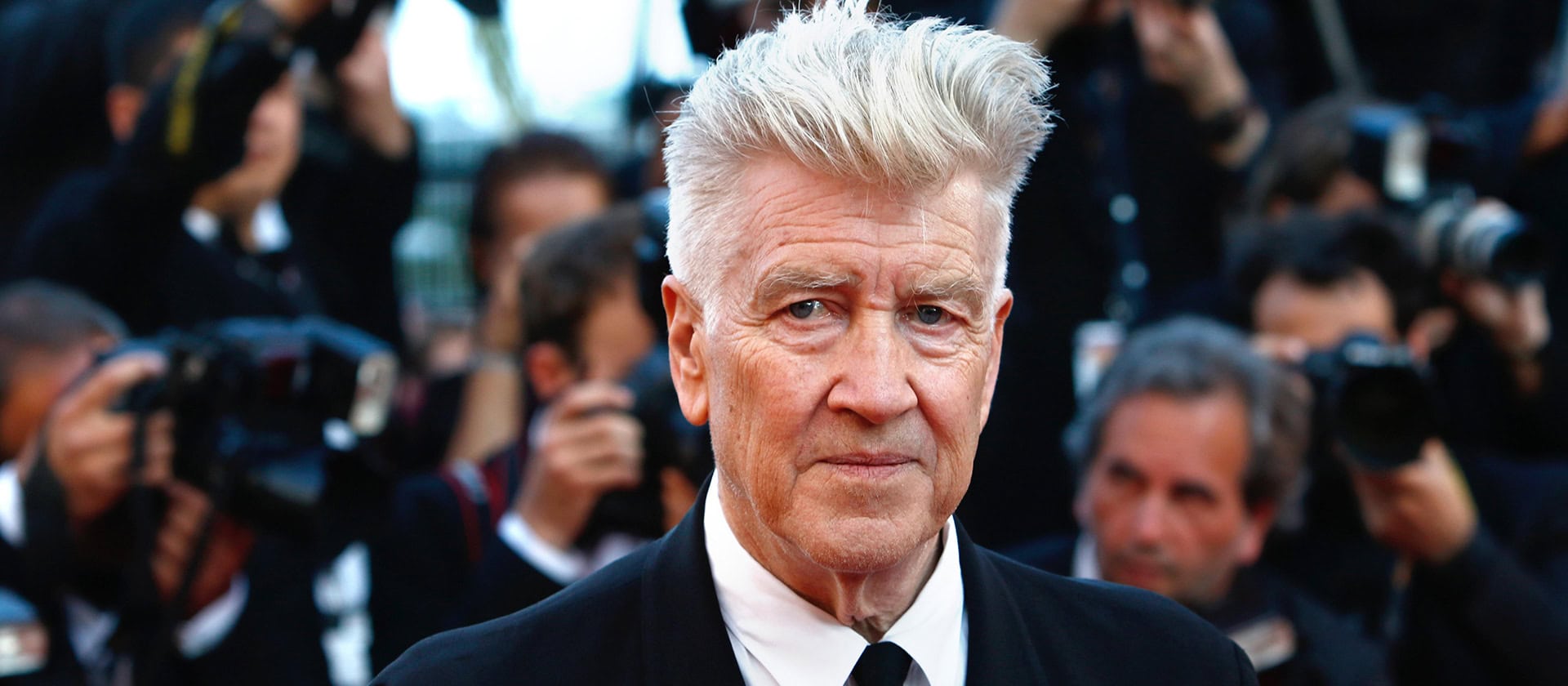
Photo: dpa picture alliance / Alamy Stock Photo
Is there a better example of a Hollywood filmmaker consistently ahead of his time than David Lynch? Over five decades, Lynch’s most personal films have been greeted with befuddlement—if not outright disdain—only to be hailed later as masterpieces. Lynch has polarized critics, audiences, even fellow filmmakers with oneiric works that defy easy interpretation yet enthrall and beguile us with their mystique.
Lynch is a director of such singular vision and style that an adjective has been invented in his honor: Lynchian, defined by the Oxford English Dictionary as characteristic of his predilection for “juxtaposing surreal or sinister elements with mundane, everyday environments, and for using compelling visual images to emphasize a dreamlike quality of mystery or menace” (missing from this definition is any reference to Lynch’s radically off-center humor).
In Eraserhead (1977), his first feature-length film, a man struggles to raise a mutant baby while entertaining visions of a grossly disfigured woman living in his radiator. In the 1986 neo-noir Blue Velvet , a maniacal gangster snorts amyl nitrite while raping a masochistic lounge singer and erupts into tears at a lip-synched version of a Roy Orbison song. Wild at Heart (1990), a road movie (though not the kind Bob Hope and Bing Crosby used to make) tracks a young couple on the run from hitmen and features a cameo by the Wizard of Oz-inspired Good Witch. Twin Peaks: Fire Walk with Me (1992), a prequel to the 1990-1991 ABC-TV series (and the 2017 revival) that Lynch co-executive produced, may be Lynch’s most maligned film, a devastating look at the sexual violation of a young woman by her father that critics decried as relentlessly depressing (plus, they weren’t too thrilled about that white horse that pops up in the living room without explanation). In Lost Highway (1997), the main character—and the actor who portrays him —disappear midway into the film, supplanted by another character and actor, only to reappear at the end. Mulholland Drive (2001), among Lynch’s more easily explained films (notwithstanding the monster outside the diner and the fact that the second part of the movie appears to totally negate the first), was conceived of a TV series, but ABC wanted no part of it, so Lynch turned it into a feature film.
All of these films were widely derided upon release but are now embraced as masterpieces. Like so many bold, nonconforming artists before him, Lynch has often struggled for critical appreciation in real time, but without question is and always will be considered one of the most original and consequential filmmakers of all time.
Programmers:
David Bushman, David Bushman is the author of five nonfiction books, including Conversations with Mark Frost, Twin Peaks FAQ: All That’s Left to Know a Place Both Wonderful and Strange and Murder at Teal’s Pond: Hazel Drew and the Mystery That Inspired Twin PeaksAs cofounder of Fayetteville Mafia Press, he has published several books on David Lynch and Twin PeaksHe is a former longtime TV curator at The Paley Center for Media, former TV editor at Variety, and former program director at TV Land.
